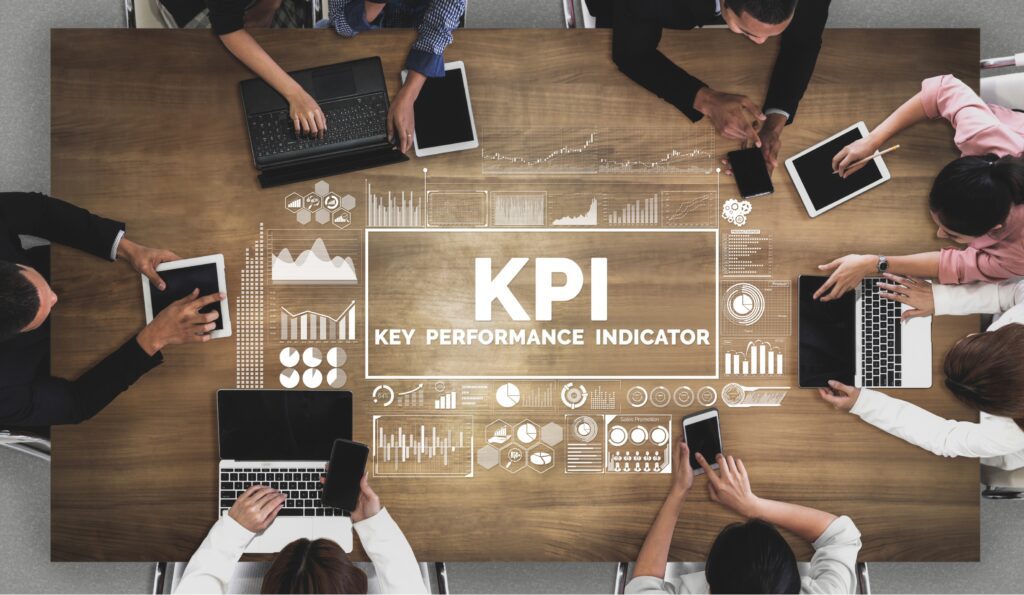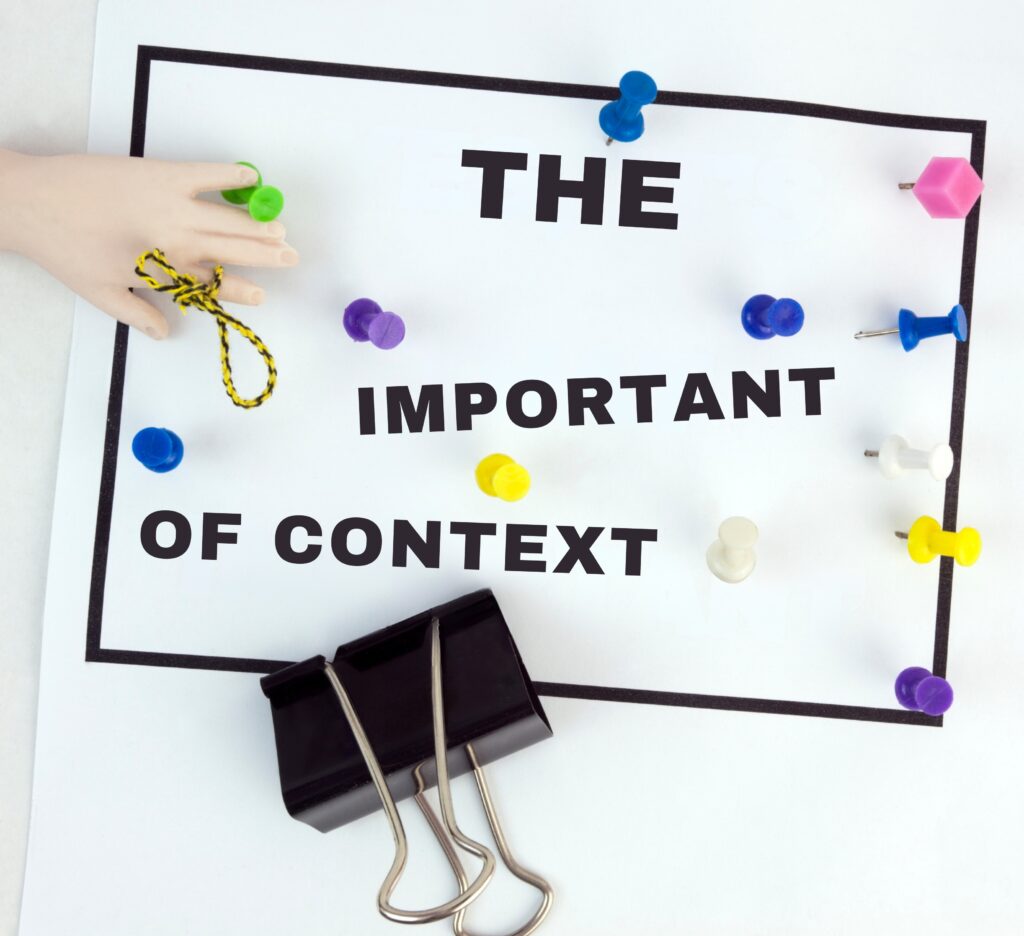In the dynamic world of digital marketing, success isn’t merely about launching campaigns; it’s about understanding their impact· From clicks and conversions to engagement rates and ROI, every metric tells a story about your campaign’s effectiveness· But amidst the sea of data, how do you decipher what truly defines success? In this comprehensive guide, we’ll delve into the various metrics and methodologies used to measure the success of a digital marketing campaign·

Understanding Digital Marketing Campaigns
Before delving into measurement techniques, let’s first understand what a digital marketing campaign entails· Digital marketing encompasses a broad range of activities aimed at promoting products or services through digital channels such as websites, search engines, social media, email, and more·
A digital marketing campaign is a focused effort within the overarching digital marketing strategy· It typically has specific goals, target audiences, messaging, and channels· Whether it’s driving website traffic, generating leads, increasing brand awareness, or boosting sales, each campaign is designed with clear objectives in mind·
Setting SMART Goals
To effectively measure the success of a digital marketing campaign, it’s crucial to establish SMART goals:
- Specific: Clearly define what you want to achieve with your campaign·
- Measurable: Identify metrics that will indicate progress or success·
- Achievable: Set realistic targets based on resources and capabilities·
- Relevant: Ensure goals align with overall business objectives·
- Time-bound: Set deadlines to create a sense of urgency and accountability·
By setting SMART goals, you provide a clear roadmap for your campaign and facilitate more accurate measurement of its success·
Key Performance Indicators (KPIs) in Digital Marketing

KPIs serve as benchmarks for evaluating the performance of a digital marketing campaign· They vary depending on the campaign’s objectives but generally fall into several categories:
1. Traffic Metrics:
These KPIs measure the volume and sources of traffic directed to your digital assets·
- Website Traffic: Total visits, unique visitors, page views·
- Traffic Sources: Organic search, paid search, social media, referrals·
- Click-Through Rate (CTR): Percentage of users who click on a specific link·
2. Engagement Metrics:
These KPIs gauge the level of interaction and involvement with your content·
- Time on Site: Average duration users spend on your website·
- Bounce Rate: Percentage of visitors who navigate away from your site after viewing only one page·
- Social Media Engagement: Likes, comments, shares, mentions·
3. Conversion Metrics:
These KPIs measure the actions users take that align with your campaign goals·
- Conversion Rate: Percentage of visitors who complete a desired action (e·g·, making a purchase, filling out a form)·
- Cost per Conversion: Average cost incurred to acquire a customer or lead·
- ROI (Return on Investment): Ratio of net profit to the cost of the campaign·
4. Brand Metrics:
These KPIs assess the impact of your campaign on brand perception and awareness·
- Brand Mentions: Instances where your brand is mentioned online·
- Brand Sentiment: Positive, negative, or neutral sentiments associated with your brand·
- Brand Awareness: Percentage of the target audience familiar with your brand·
Tools for Measurement and Analysis
Numerous tools and platforms are available to track and analyze digital marketing performance· Here are some popular ones:
1· Google Analytics: A free web analytics tool that provides insights into website traffic, user behavior, and conversions·
2· Social Media Analytics: Platforms like Facebook Insights, Twitter Analytics, and LinkedIn Analytics offer data on audience demographics, engagement, and performance of posts and ads·
3· Email Marketing Platforms: Services such as Mailchimp, Constant Contact, and HubSpot provide analytics on email open rates, click-through rates, and conversions·
4· SEO Tools: Tools like SEMrush, Moz, and Ahrefs offer data on keyword rankings, backlinks, and website visibility in search engines·
5· CRM Systems: Customer Relationship Management systems like Salesforce and HubSpot CRM help track leads, conversions, and customer interactions across various touchpoints·
By leveraging these tools, marketers can gain valuable insights into the effectiveness of their campaigns and make data-driven decisions for optimization·
Attribution Models

One of the challenges in measuring digital marketing success is attributing conversions to the appropriate channels· Attribution models help allocate credit to the touchpoints that contributed to a conversion· Common attribution models include:
1· First Click: Attributes the entire conversion value to the first interaction a user had with your brand·
2· Last Click: Attributes the entire conversion value to the last interaction before the conversion·
3· Linear: Distributes the conversion value equally among all touchpoints in the customer journey·
4· Time Decay: Assigns more credit to touchpoints closer to the conversion event, diminishing the value of earlier interactions·
5· Position-Based: Assigns specific percentages of the conversion value to the first, last, and intermediate touchpoints based on predefined rules·
Choosing the right attribution model depends on your campaign objectives, the complexity of the customer journey, and the typical behavior of your target audience·
A/B Testing and Experimentation
A/B testing, also known as split testing, is a method used to compare two versions of a digital asset (such as a website, ad, or email) to determine which one performs better· By systematically varying elements such as headlines, images, calls-to-action, or layouts, marketers can gather data on user preferences and behaviors·
Through A/B testing, marketers can optimize campaign performance by identifying the most effective strategies and tactics· This iterative approach helps refine campaigns over time and maximize their impact·
The Importance of Context

While metrics and data provide valuable insights, it’s essential to consider the broader context when evaluating the success of a digital marketing campaign· Factors such as market conditions, competitive landscape, industry trends, and seasonality can influence campaign performance·
For example, a high bounce rate on a landing page may not necessarily indicate a problem with the page itself; it could be due to irrelevant traffic sources or a mismatch between user expectations and campaign messaging· By contextualizing performance data, marketers can better interpret results and make informed decisions·
Conclusion:
Measuring the success of a digital marketing campaign is a multifaceted process that requires careful planning, execution, and analysis· By setting SMART goals, identifying relevant KPIs, leveraging appropriate tools, employing attribution models, conducting A/B testing, and considering contextual factors, marketers can gain valuable insights into campaign performance and drive continuous improvement·
Ultimately, success in digital marketing is not just about achieving short-term objectives; it’s about building long-term relationships with customers, enhancing brand reputation, and delivering value at every touchpoint· By adopting a strategic and data-driven approach to measurement, marketers can maximize the impact of their campaigns and achieve sustainable growth in today’s competitive digital landscape·

